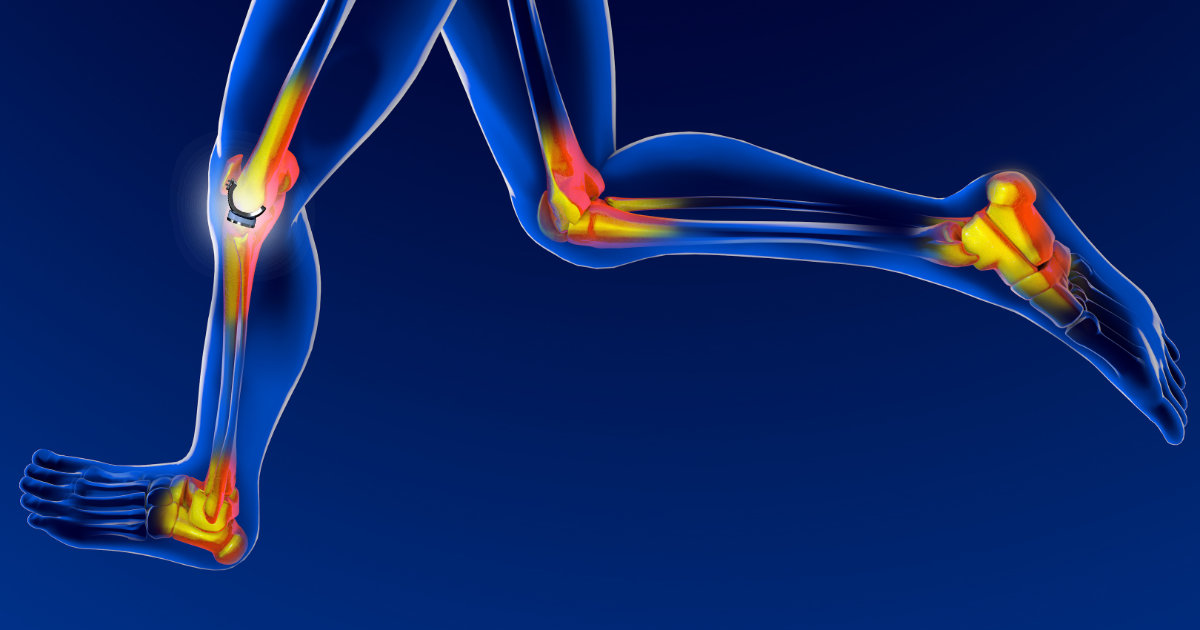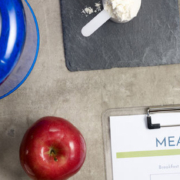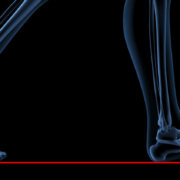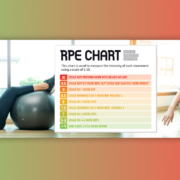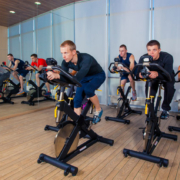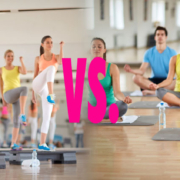On the Road Again
To say that I’ve had a little agony over not running would be an understatement. I certainly don’t want to do anything that’s going to impact the new joint in my knee; on the other hand, my frustration continued to grow over the inability to exercise as hard as I want to exercise. I did what I always do: I looked at the research. Here’s what I found.
Total Knee Replacement and Revision Rates
I decided to look at the most recent research on revision rates in people who ran or started running after total knee replacement. Revision is the word used to describe replacing the original knee replacement because it has loosened or gotten worn. I wanted to see the most recent research because the prosthetics themselves have evolved over the years, as have surgical techniques. There were two research papers that were large enough for me to help make a decision. The references are both open access if you want to read them.
The first study was a meta-analysis of research done on the difference between low physical activity and high physical activity in people who had total knee replacements. While the focus was not on running alone, there were no differences in revision rates in over 4,000 subjects who participated in high physical activity versus low physical activity over a follow-up period of 12 years.
The second study was a cross-sectional study of over 4,000 people who had total knee replacement or total hip replacement. The researchers used online questionnaires to determine activity modes and intensities, postoperative characteristics, revision surgeries, and the Commitment to Exercise Scale and Brief Resilience Scale. The patient-reported follow-up reached five years.
Of the 549 subjects who described themselves as runners before knee replacement, 65 subjects either returned to running or started running after the surgery. After the follow up, 6.2% of those who took up running again required revision surgery while 4.8% of those who didn’t run required revision surgery. The results were not significantly different—about one person. The prevailing recommendation from physicians was to stay active, but don’t run.
On the Road Again
I made the decision to start running again on July 1st. The research that I found was sufficient to give me the confidence to know that if done properly, a return to running can be safe.
What does that mean? Start slowly. While I like to think I’m running, I’m actually talking about a very slow jog. One of the reasons that I decided to return to running was because my fitness level had reached rock bottom, in my opinion. I also know it’s going to take some time.
I began with 20 seconds of jogging about every five minutes. On the day that I wrote this, I did 30 seconds every four minutes. And that’s about the way I’m going to progress: slowly. I’m not interested in running continuously anymore. I got used to a combination of walking and running before the replacement and before my knee got so bad I couldn’t run.
The Bottom Line
I’m glad that my irritation level got high enough to check the research on revision rates after knee replacement. Perhaps it was really more about gaining confidence that, after a year and a half of recovery, the healing of bone to prosthetic was at a point that could support running as I’ve described it. I’m not suggesting that anyone else should do it without checking with their physician. This is my decision and my decision alone. I’m basing it on the best information available today. However, I’d recommend walking or jogging over tennis or pickleball, which include a lot of side-to-side movement; even golf with its twisting motion would be more problematic. You should definitely resume exercise after knee replacement, but talk to your doctor first and make a plan to get where you want to be.
No matter what health, weight loss, exercise, or nutrition goal you set, basing it on the most current scientific information is the best that you can do. I’ll keep you posted on my progress.
What are you prepared to do today?
Dr. Chet
References:
1. The Knee 2022; 39: 168–184
2. JAAOS Glob Res Rev 2023;7: e23.00019

